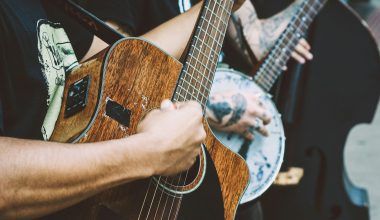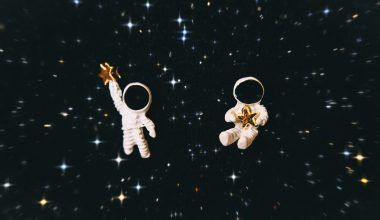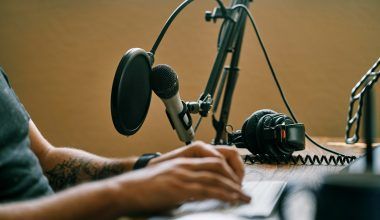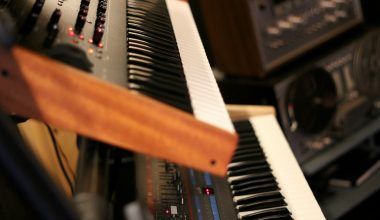Have you ever wondered, “Can I use any music on YouTube?” You’re not alone. Many creators face this question when they start making videos. Music is a powerful tool. It can set the mood, connect with your audience, and make your videos unforgettable. But with great music comes great responsibility—or rather, copyright rules.
In this guide, we’ll break it all down. Whether you’re a beginner or a seasoned creator, understanding how to use music on YouTube without breaking the rules is a must. By the end of this blog, you’ll know exactly what you can and cannot do.
What Is Copyright, and Why Does It Matter?
First, let’s understand what copyright is. Copyright is a legal right that gives the creator of an original work—like a song—the exclusive right to use, distribute, or sell that work. In simple terms, if someone made a piece of music, they own it.
Now, you might think, “But what if I just use 10 seconds of a song?” Sorry to burst your bubble, but even a small snippet of copyrighted music can get your video flagged or taken down. YouTube uses an automated system called Content ID to detect copyrighted material, and it’s surprisingly accurate.
Can You Use Any Music on YouTube?
Short answer? No. You can’t use just any music on YouTube. If a song is copyrighted and you don’t have permission to use it, you’re risking trouble. This could include:
- Monetization Loss: If your video earns money, the revenue might go to the music’s copyright owner.
- Video Takedown: YouTube could remove your video entirely.
- Strikes on Your Channel: Repeated violations can even lead to your channel being banned.
Does this mean you can never use popular music? Not exactly! There are ways to use music legally on YouTube. Let’s explore those options.
Free Music on YouTube: The YouTube Audio Library
If you’re looking for free music, the YouTube Audio Library is your best friend. It’s a collection of music and sound effects that you can use without worrying about copyright strikes. The best part? It’s completely free.
To access it, simply:
- Go to YouTube Studio.
- Click on “Audio Library” in the left-hand menu.
- Browse or search for music.
You’ll find a wide range of genres and moods, from upbeat pop to calming acoustic. Some tracks require you to give credit to the artist in your video description, so make sure to check the terms for each piece of music.
Licensed Music: Paying for Permission
If you want to use popular songs, you can get a license. A license is like a permission slip from the copyright owner that lets you use their music legally. You can get licenses through:
- Music Licensing Platforms: Websites like Epidemic Sound, Artlist, or PremiumBeat offer licensed music for a fee.
- Direct Permission: Contacting the artist or their record label directly to negotiate terms.
While this option isn’t free, it gives you peace of mind knowing you’re in the clear.
Fair Use: Is It Really Fair?
You’ve probably heard of “fair use.” It’s a legal concept that allows limited use of copyrighted material without permission under certain conditions, like commentary, criticism, or education.
But fair use isn’t a free pass. You can’t just slap “fair use” in your video description and hope for the best. Whether something qualifies as fair use depends on factors like:
- The purpose of your use (commercial vs. educational).
- The amount of the work you use.
- The effect your use has on the market for the original work.
If you’re unsure, it’s better to play it safe and avoid copyrighted music altogether.
Creative Commons: A Goldmine for Creators
Creative Commons (CC) is a licensing system that allows artists to share their work with certain conditions. For example, some artists might allow you to use their music as long as you credit them, while others might restrict commercial use.
To find Creative Commons music, you can search platforms like:
- Free Music Archive
- SoundCloud (filter for CC-licensed tracks)
- Jamendo
Always read the specific terms of the license before using a CC track.
What Happens If You Use Copyrighted Music?
Using copyrighted music without permission can lead to several consequences. These include:
- Content ID Claims: The copyright owner might claim your video and run ads on it.
- Monetization Restrictions: You might lose the ability to monetize your video.
- Channel Strikes: Accumulating strikes can lead to serious penalties, including losing your channel.
But don’t panic! YouTube usually informs you of any issues and gives you options to resolve them, like replacing the music or disputing the claim (if you believe it’s a mistake).
How to Avoid Copyright Issues on YouTube
Here are some tips to stay safe:
- Use Royalty-Free Music: This is music you pay for once and can use as much as you like.
- Stick to the YouTube Audio Library: It’s free and hassle-free.
- Get Permission: Always ask for permission if you’re unsure.
Final Thoughts
So, can you use any music on YouTube? The answer is clear: only if you have the rights or permission. While the rules might seem complicated, they exist to protect creators and their hard work.
By following the tips in this guide, you can avoid copyright issues and focus on what matters most—creating amazing content. Now that you know the ropes, go ahead and make videos that not only sound great but also play by the rules.
Remember, music is a powerful tool. Use it wisely, and your videos will shine.
For further reading, explore these related articles:
- Relive the Magic: The Best Songs of 2022 That Touched Our Hearts
- A Melodic Journey Through the Best Green Day Songs
For additional resources on music marketing and distribution, visit DMT Records Pvt. Ltd..






